
1月21日,微信最新的iOS 8.0版本对表情功能进行了升级,当用户在聊天中发送或者接收单个表情时,会播放动画效果。
“苦涩”、“捂脸”、“叹气”等表情动起来了;
“庆祝”、“烟花”等表情动画效果可全屏播放。



微信更新后, 有解锁了新功能的网友们抢先秀了一波;

安卓网友们则大呼:“我不配”


“炸弹”、“烟花”齐飞下,#微信黄脸表情会动了#的话题在21日晚间迅速登上了热搜第一。
Chatting on WeChat is now made more fun when the message app added a series of animated emojis on its latest version 8.0 for iOS system on Thursday. A popular addition was a short fireworks animation in the chat page when you use the fireworks emoji.
The new animated emojis soon triggered discussions among internet users. The related hashtag became trending on social media platform Weibo and has been viewed 980 million times as of Friday morning.
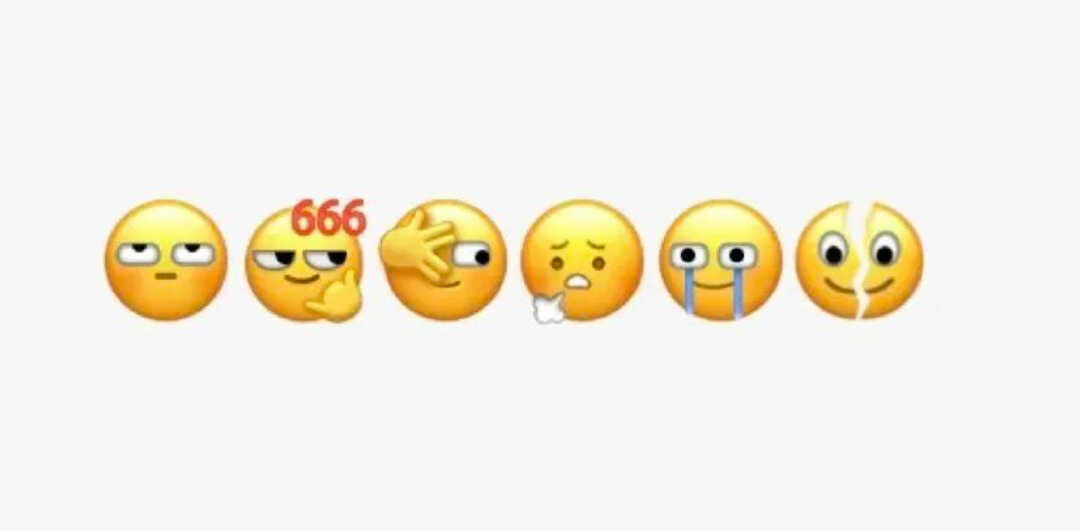
点击查看↑↑↑《微信上线6个灵魂小表情,“裂开”安排上了!》
去年11月,微信推出“裂开”等6款新表情时,这些表情也迅速“霸屏”了社交网络。
每次表情更新引发热议的背后,是表情符号已经全方位渗透进人们社交生活的现实。
打开聊天工具窗口时,不妨停顿几秒问问自己:“如果不发表情,我们还能愉快聊天吗?”
也许很多人的答案都是“不能”。早在2013年,Statista网站就做过调查 “你在讯息类手机应用中是否使用表情”,74%的被访者给出了肯定的回答。而在表情功能更新更快的今天,可以想象到这个数据一定会更高。
那么,这些占据了现代人生活的表情符号是如何诞生的呢?
:-)→

→

表情符号“进化史”

1982年9月19日,美国卡耐基·梅隆大学的教授司各特·法尔曼(Scott Falhman)在学校电子公告板上输出这样一串字符::-)。
:-)被认为是最早出现的表情符号。而后,在支持 ASCII 系统的电脑上,人们创造出了更多表达情绪的符号,如: -o、: -b等。
这一类由标点符合组合而成的表情符号被称为“emoticon”(由情绪“emotion”与小图案“icon”两个词结合而成)。在论坛签名档、灌水回复贴以及曾经古早的拜年短信中,经常可以看到它们。
Before emojis, there were emoticons, facial expressions made with punctuation marks. These symbols were first used as a way of communicating emotions online in 1982. Scott Falhman, a professor of Carnegie Mellon University found it difficult for people to tell the difference between jokes and serious posts on the school’s digital message board. On September 19, 1982, he came up with a solution, adding the symbol :-) to denote humorous posts.
The unique symbol caught on quickly at the school and proceeded to infiltrate computer network message boards at other universities around the world. People later also created other emoticons like: -o and : -b.
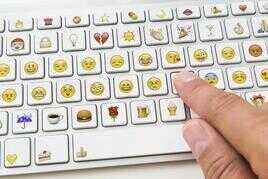
而今天我们常见的表情符号emoji诞生于上世纪90年代末的日本, “emoji”一词来源于日语词汇“绘”和“文字”的结合。
1999年,日本电信公司NTT Docomo的员工栗田穣崇(Shigetaka Kurita),在紧张的市场竞争中为公司想到了一个吸引青少年用户的策略:添加简单的卡通图像到消息功能中。
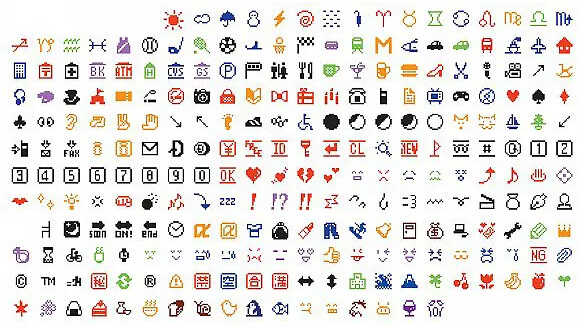
他在12×12像素网格上作图,设计出176个粗糙的符号,包括笑脸、音符等,这就是今天我们常见的emoji雏形。这个功能一经问世就大受欢迎,并被日本其他电信公司采用。
As of emojis, these pictures making texting funny were created with the development of mobile phone. In 1999, Shigetaka Kurita, an engineer from the Japanese phone company NTT Docomo, designed a new phone function to attract young customers by adding colorful icons to the instant message function. Kurita designed a set of 176 icons, ranging from smiling face to musical note. He called them "emoji," a name combining two Japanese words: "e" (picture) and "moji" (character).
戳视频↑↑↑带你走近emoji的历史
随着智能手机的进一步普及推广,emoji逐渐风靡世界,成为沟通交流的重要符号。2013年, “emoji”一词被牛津词典正式收入。2014年, emoji搜索引擎emojipedia创始人杰瑞米·伯格(Jeremy Burge)还提出将每年的7月17日设立为“世界表情日”(World Emoji Day)。
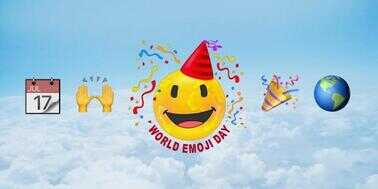
Communicating with emojis has spilled over into everyday chats, so much so that the word "emoj" is added to the Oxford English Dictionary in 2013, with the definition: "A small digital image or icon used to express an idea, emotion, etc." In 2014, Jeremy Burge, the founder of emoji searching website Emojipedia, proposed to set the "World Emoji Day" to promote the use of these symbolic icons and it is held on July 17 annually.

→

→

多元文化“新代表”
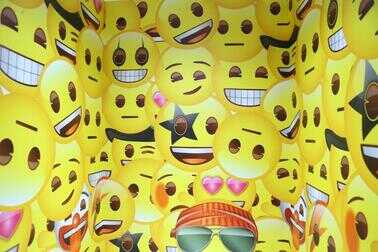
如今emoji的队伍在不断发展壮大,内容也在快速更新迭代。说到它的更新,就不得不提及一个组织——统一代码联盟(The Unicode Consortium)。
该组织的一项重要日常工作是审核和管理表情符号。每个人都可以向统一代码联盟提交新的 emoji 表情申请,每个季度该组织下属的 emoji 小组和技术委员会将根据一系列标准来投票决定它能否通过审核,获得通过的 emoji 表情会被汇总到 Unicode 系统的emoji 数据库。
After its debut on mobile phones about two decades ago, emojis are everywhere in our lives and have become a ubiquitous facet of human communication.
According to Emojipedia, there are now more than 3,000 emojis. Every year, Unicode Consortium, a non-profit organization, will set standards, review requests and give nod to the release of new emojis.
在不断更新的数据库中,emoji除了表达情感,还被注入更多的文化元素。
这不仅是为了方便交流、促进沟通,同时也是表达对一种文化、一项事物的认可与尊重。

比如食物emoji从单一的汉堡薯条扩展到咖喱、月饼、寿司、墨西哥玉米卷,以此代表不同国家的饮食文化;

人脸emoji从白色发展到6种不同肤色,以此代表不同种族;
职业emoji增加了女性形象,以此促进性别平等
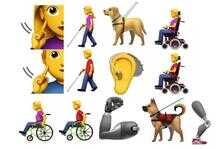
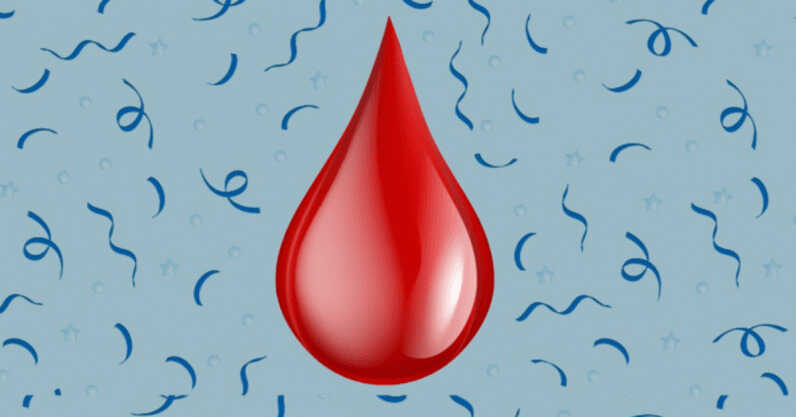
2019年更新的emoji,新增“轮椅”、“盲人手杖”、“服务犬”、“助听器”、“义肢”等符号,以此代表身障人士;新增“一滴血”的符号,代表女性生理期,以此帮助消除“月经羞耻”。
These tiny pictures are more than just a visual way to communicate or express feelings, and they reveal more than we might expect. A batch of new emojis was designed to promote inclusivity and cultural diversity.
For example, the Unicode Consortium in 2019 published a list of emojis for the year, which featured a droplet of blood to symbolize menstruation. The new addition marked the success of efforts by women’s rights NGO Plan International UK. Other emojis released in 2019 included pictographs of wheelchair, service dog, walking stick, sign language, mechanical arms and legs, which represented those people with physical disabilities.
也许上面一些emoji在实际交流中很少被用到,但它们的存在本身就是一种小小的温暖。








